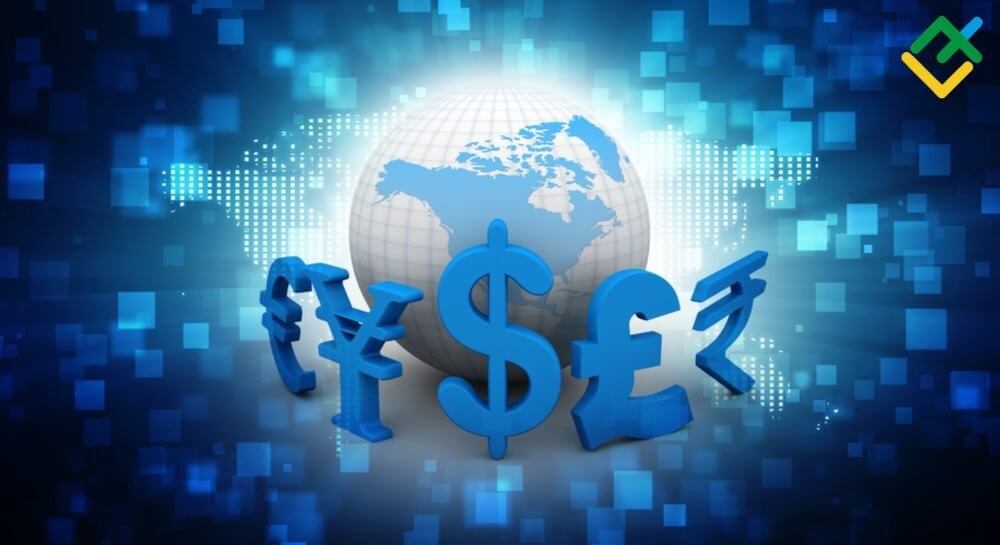Exchange Rate
Exchange Rate
Typically, an exchange rate uses an acronym for the national currency it represents. For example, the acronym USD represents the U.S. dollar, while EUR represents the euro. To quote the currency pair for the dollar and the euro, it would be EUR/USD. In the case of the Japanese yen, it’s USD/JPY, or dollar to yen. An exchange rate of 100 would mean that 1 dollar equals 100 yen.
Classification
From the perspective of bank foreign exchange trading
- Buying: Also known as the purchase price, it is the price for the foreign bank to buy foreign currency from the customer. In general, the change rate where the foreign currency converts to a smaller number of domestic currencies is the buying rate, which indicates how much the country’s currency requires to buy a certain amount of foreign trade.
- Selling: Also known as the foreign selling price, it refers to the exchange rate used by the bank to sell foreign transactions to customers. It indicates how much the country’s currency needs to recover if the bank sells a certain amount of foreign exchange.
- Middle: The average of the bid price and the asking price. Commonly used in newspapers, magazines or economic analysis.
According to the length of delivery after foreign exchange transactions
- Spot exchange rate: Refers to foreign transactions. That is after the foreign exchange transaction is completed. The exchange rate is Delivery is within two working days. The exchange rate that is generally listed on the foreign exchange market is generally referred to as the spot exchange rate unless it specifically indicates the forward exchange rate.
According to the method of setting the exchange trades
- Basic rate: Usually choose a key convertible currency that is the most commonly in international economic transactions and accounts for the largest proportion of foreign reserves. Compare it with the currency of the country and set the rate. This exchange rate is the basic one. The key currency generally refers to a world currency, which is for pricing, settlement, reserve currency, and internationally accepted currency.
How the Foreign Exchange Market Works
In the retail currency market, a different buying rate and selling rate will be quoted by money dealers. Most trades are to or from the local currency. The buying rate is the rate at which money dealers will buy foreign currency. Also, and the selling rate is the rate at which they will sell the currency. Therefore, the quoted rates will incorporate an allowance for a dealer’s margin (or profit) in trading, or else the margin may be recovered in the form of a commission or in some other way.
Different rates may also be quoted for different kinds of exchanges, such as for cash, a documentary form, or electronic transfers. There is generally a higher rate on documentary transactions due to the additional time and cost of clearing the document. While cash is available for resale immediately.
